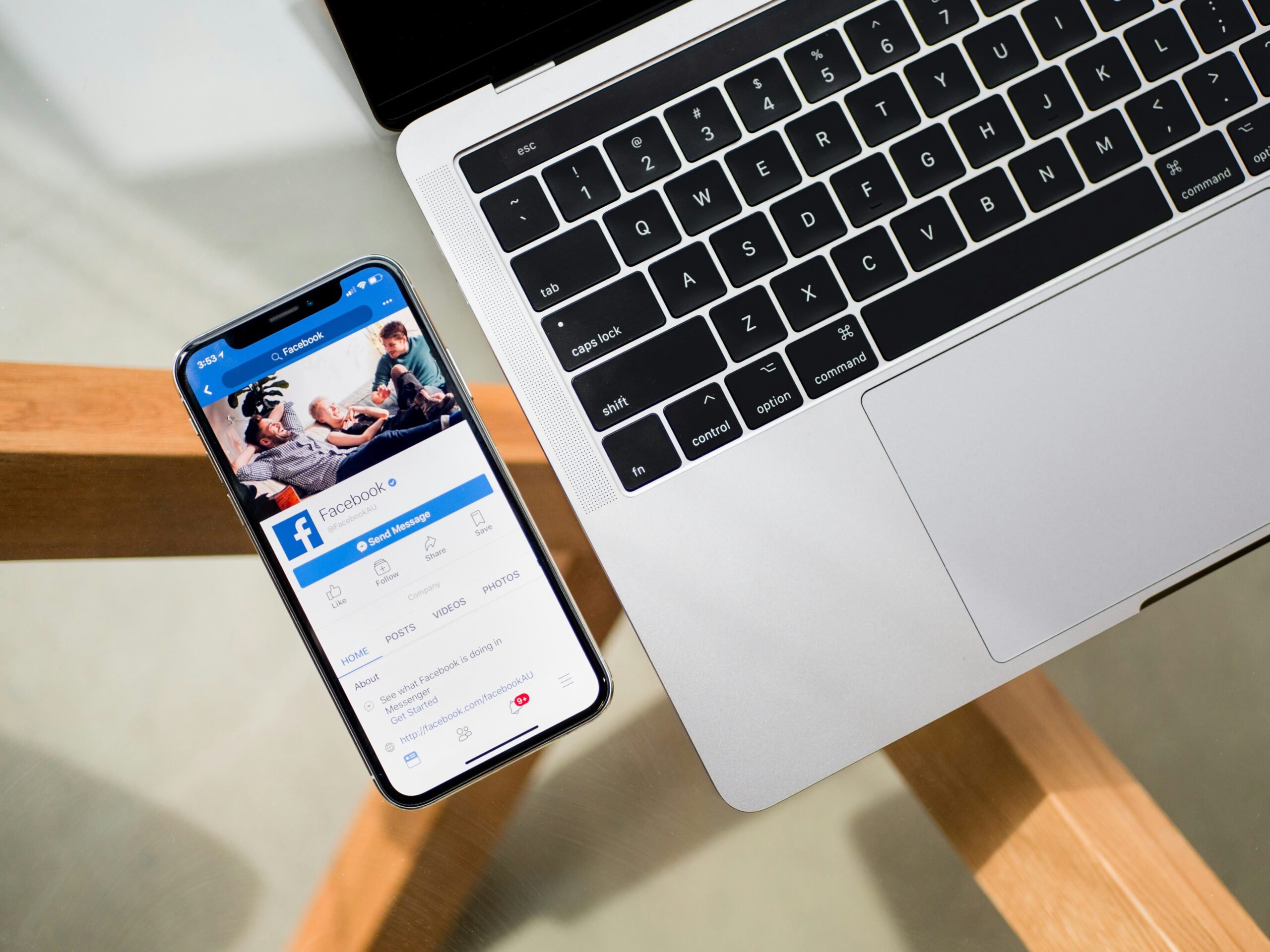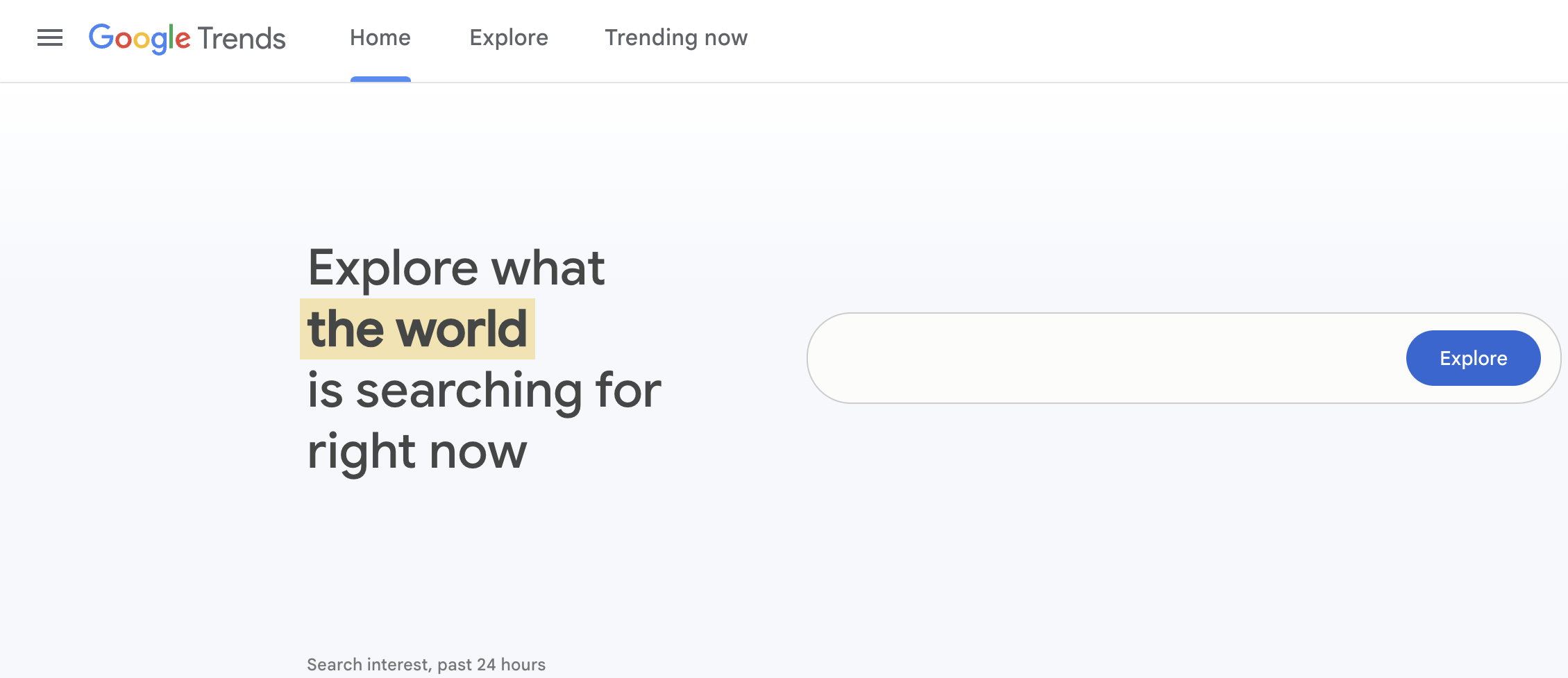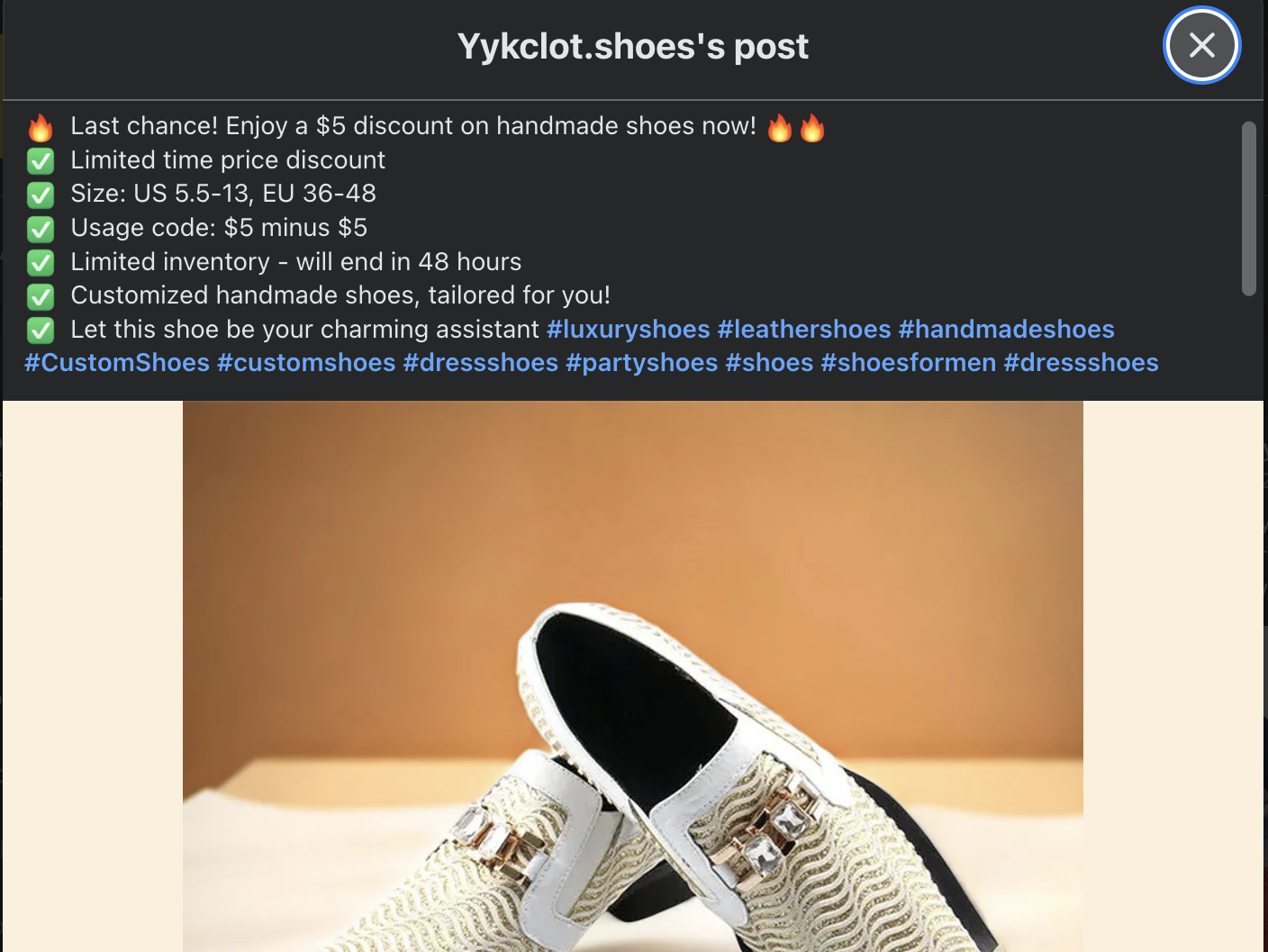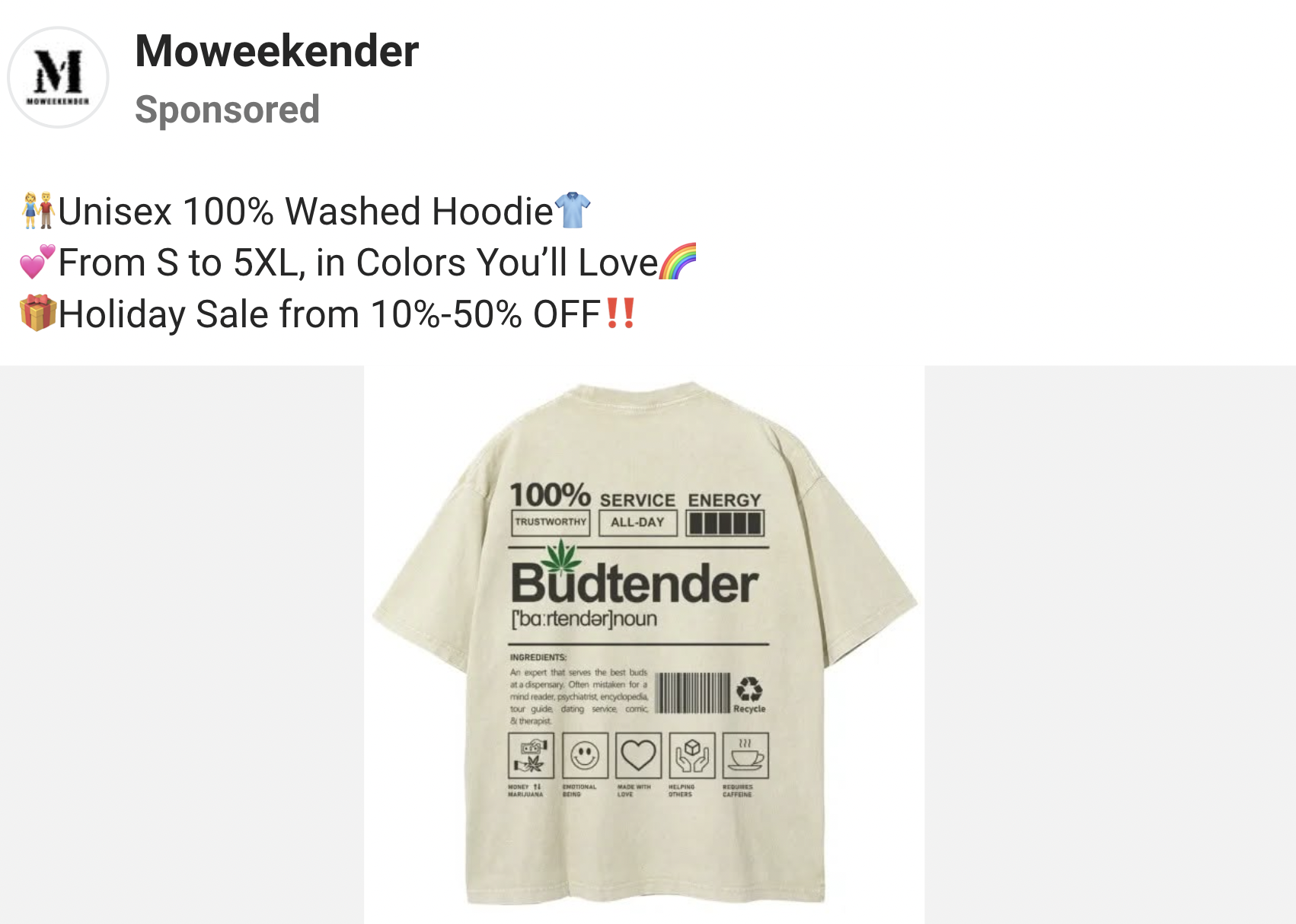
Dropshipping
25 Questions to Ask Your Dropshipping Supplier Before Getting Started
Once you've familiarized yourself with what is dropshipping, it's time to continue finding good dropshipping suppliers for your business. When...
How to Start Dropshipping Clothing on Facebook Marketplace?
Dropshipping

Thinking about launching your own clothing line but don't want the hassle of storing inventory? You're in luck! Facebook dropshipping allows you to do just that.
With its massive user base, Facebook Marketplace is a prime spot to sell your products without needing a huge upfront investment. This guide will be your go-to resource, covering all the essentials from getting your store off the ground to sourcing top-notch suppliers and boosting your sales.
Facebook Marketplace has emerged as a major player in the world of online sales, enabling both individuals and businesses to connect with a vast audience of potential buyers, all without the need for creating a full-fledged website.
Engaging in dropshipping through Facebook Marketplace involves selling goods without actually maintaining an inventory yourself. When a customer makes a purchase, the product is sent straight from the supplier to the buyer.
This approach differs significantly from traditional e-commerce models, as it eliminates concerns about managing stock levels, and handling the intricacies of order fulfillment. The supplier takes care of all these aspects.
Because of this, it’s a particularly attractive option for aspiring entrepreneurs who want to minimize their initial financial investment. Still, this method isn’t without its hurdles. These can include intense competition, the reliability of suppliers, and certain limitations imposed by the platform itself.
There are multiple reasons why Facebook Marketplace is a great option for dropshipping clothing:
Having a well-established foundation is necessary for a thriving dropshipping venture. Each step, from setting up your account to refining your product listings, plays a significant role.
While you can technically list items using just your personal Facebook profile, setting up a business page looks more polished and unlocks valuable business tools. A dedicated business page also aids in brand building and simplifies the process of advertising.
Steps to get started:
Facebook has pretty tight rules about selling things, and if you’re a seller, you really need to follow them to avoid getting in trouble or even getting kicked off. There are certain things you just can’t sell, like fake products, booze, and digital downloads.
To make sure you don’t break any rules, always double-check Facebook’s official rules before you list anything.
Choosing the right products can be the difference between thriving and struggling in a dropshipping business.
Certain clothing pieces stand out and sell well, thanks to what’s popular right now, seasonal needs, and their budget-friendly prices.
Certain fashion niches are more profitable than others. Consider selling:
Utilize tools such as Google Trends, TikTok, and Instagram to identify emerging fashion trends. Facebook Marketplace is also a valuable resource for research. Search for popular clothing items and analyze the number of listings and the level of engagement they receive.

Instead of just putting up a picture and a price, a truly compelling product listing is about catching the eye and turning browsers into buyers.
Think of your product descriptions as a conversation starter, not just a feature dump. Focus on what makes your product awesome, not just what it is.
For example:
DON’T write: “Just a cotton hoodie. Comes in blue, black, or red.”
Write: “Wrap yourself in comfort with this super soft cotton hoodie! It’s perfect for a day out and about, or snuggled up at home. Plus, you’ve got three great colors to choose from!”
Using bullet points for key details makes scanning easier:

When people shop online, the pictures are what grab their attention first. Having really good photos can make your items look more polished and enticing, which really boosts your chances of selling something.
You want to make sure your pictures are bright, sharp, and show off the clothes from different sides. It’s a good idea to have a mix of basic product pictures and some that show the clothes being worn in everyday life.
The regular shots let people see the item clearly, while the lifestyle ones help them picture themselves using it.
Also, try to avoid messy backgrounds and make sure the colors in the photos are true to life, so customers don’t have to return things or leave bad feedback.

When it comes to making a sale, the price tag is huge. Price things too high, and customers will just go somewhere else. Too low, and you’re practically giving your stuff away, not making any real money.
So, before you slap a price on anything, take a peek at what your competition is charging to get a feel for the going rate. Think about things like how much it’ll cost to ship, any fees you’ll have to pay the platform you are using, and whether people are actually buying this type of thing, when figuring out your prices.
Sweeten the deal with some discounts, bundles, or special offers to catch their eye. And don’t be afraid to play around with different prices to see what gets people buying like crazy, all while still making sure you’re turning a good profit.
Read more: How to Price Your Clothing Products?
A smooth order process keeps customers happy and reduces refund requests. Good customer service builds trust and encourages repeat buyers.
Once an order is received:
Responding quickly lets customers know you’re dependable and care about their needs, building trust and confidence in your shop. Shoppers often have questions about things like clothing sizes, fabric types, how a garment will fit, and when they can expect their order to arrive before they’re ready to buy. If they have to wait too long for an answer, they might just go to another seller who can respond more quickly.
To avoid missing out on sales, do your best to reply promptly, ideally within a few minutes to an hour. Using automatic responses for frequently asked questions and setting up alerts for new messages can help you keep up with inquiries.
Giving clear and thorough answers also means fewer follow-up questions, making the whole shopping experience easier and more enjoyable for potential buyers.
Unlike typical online shopping sites, Facebook Marketplace doesn’t come with pre-set rules for returns, and this can be a bit of a grey area if someone wants to send an item back. To stop any confusion, it’s a good idea to be really clear about your refund and return rules right in your product listings.
Mention if you do returns at all, how long they have to ask for one, and who pays for the item to be shipped back. If you’re using a dropshipping model, it’s smart to check with your supplier ahead of time to make sure they’re okay with returns.
A supplier who’s flexible with dropshipping returns makes it way simpler to sort out any customer issues and keep the whole buying experience a positive one. Being super clear about what to expect right from the start can really help head off problems and keep those bad reviews at bay.
Once you’re regularly making sales, it’s time to expand your operations and boost your income.
While Marketplace can help you reach people organically, paid ads can bring in a more specific audience. With Facebook Ads Manager, you can:
Managing multiple listings manually can be overwhelming. Automation tools like AutoDS, DSM Tool, and Zik Analytics help with:
Selling clothes through dropshipping on Facebook Marketplace is a fantastic way to get into online selling without needing a huge upfront investment. To really make it, you need to pick the right products, make sure your listings are top-notch, process orders quickly, and keep your customers happy.
By using ads, automation, and Facebook Shops to grow your business, you can turn this little project into a steady source of income. Begin with a small approach, pay attention to what works and what doesn’t, and expand your business smartly for lasting success.
What is dropshipping?